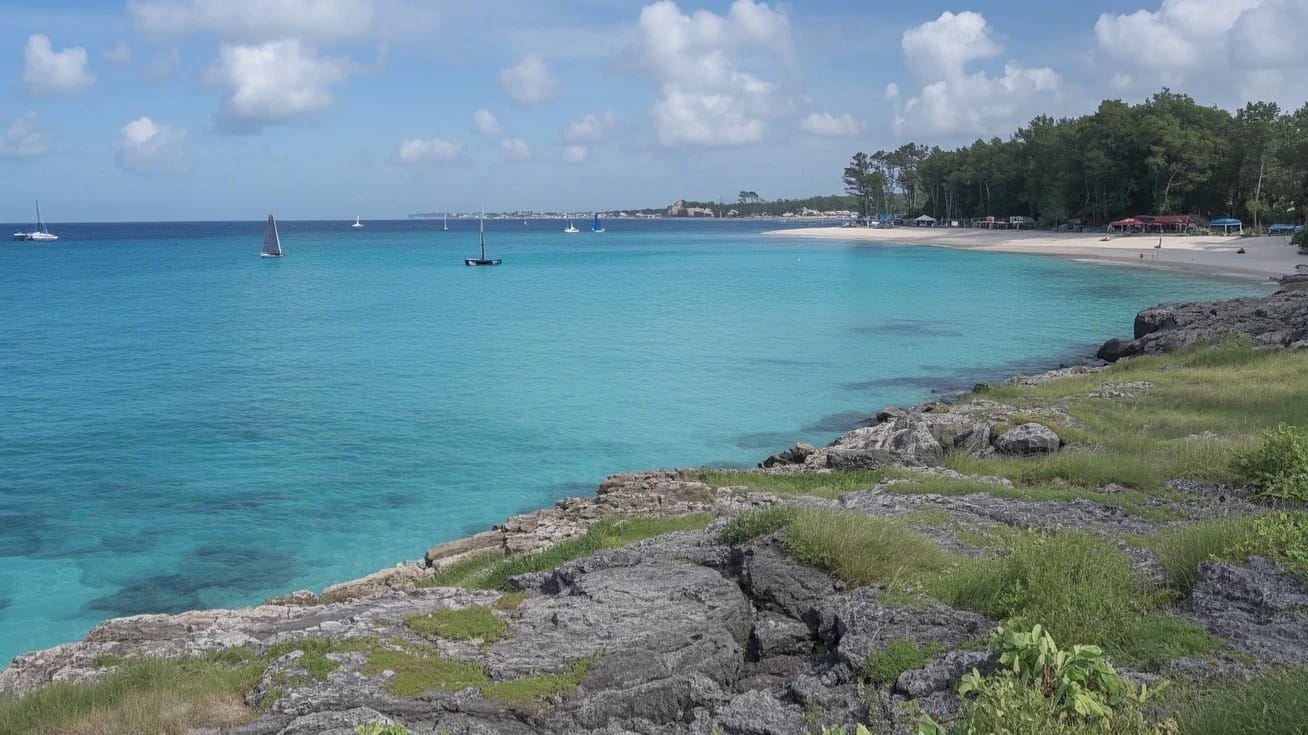Introduction to Christ the Redeemer
Christ the Redeemer, a towering statue in Rio de Janeiro, Brazil, is one of the most recognized monuments in the world. As a modern symbol of Christianity and Brazilian pride, it stands atop Corcovado Mountain and welcomes visitors with open arms.
Why Was Christ the Redeemer Built?
The statue was conceptualized as a religious response to what the Catholic Church in Brazil saw as a decline in spiritual values after World War I. It aimed to honor Jesus Christ and offer a powerful symbol of peace and unity above the city.

Historical Background and Inception
The idea first emerged in the 1850s, but the official proposal came in 1920 from the Catholic Circle of Rio. A design competition followed, and Brazilian engineer Heitor da Silva Costa’s concept was selected. French sculptor Paul Landowski was commissioned to craft the statue’s head and hands.
Timeline and Construction Period
Construction of the statue began in 1926 and concluded in 1931. It took five years of planning and building, with engineers and workers facing challenges due to the mountain’s steep terrain.
Architectural Style and Engineering
Christ the Redeemer blends Art Deco with monumental sculpture. Its symmetrical design and outstretched arms create a sense of balance and openness, which mirrors the cultural hospitality of Brazil.
Materials and Construction Techniques
The inner framework is reinforced concrete, providing durability. The outer layers are made of soapstone tiles, selected for their heat resistance and aesthetic appeal. Soapstone was carefully placed to form the statue’s robe and facial features.
Learn more about the materials and preservation from UNESCO’s official site.
Labor Force and Effort
Hundreds of laborers, including engineers, artisans, and volunteers, contributed to the statue’s construction. Transportation of materials up the mountain was done via a cogwheel train, which still operates for tourists today.
Cost of Building the Statue
The statue’s construction cost was approximately $250,000 at the time (roughly $4 million in today’s money). Funding came primarily from donations by Brazilian Catholics and local organizations.
Interior Details and Features
Inside the statue is a small chapel dedicated to Our Lady of Aparecida, the patron saint of Brazil. The chapel is used for occasional masses and private religious ceremonies, especially on October 12th, the saint’s feast day.
Natural Setting on Corcovado Mountain
Perched 2,329 feet (710 meters) above sea level, the statue overlooks Rio and Guanabara Bay. Its location offers panoramic views and is surrounded by the Tijuca Forest National Park—a lush urban rainforest.
Read about Tijuca Forest at Brazil’s National Park Service.
Climate and Best Time to Travel
Rio de Janeiro has a tropical climate. The best months to visit are May through September, when temperatures are cooler and rainfall is lower. Morning visits offer the clearest views.
Tickets and Visitor Information
Ticket options include train, van, or hiking access
Prices vary by season and mode of transport (typically R$30–R$80)
Purchase tickets from official tour operators
Advanced booking is recommended during high season and holidays.
Location and Accessibility
Christ the Redeemer is located in Rio’s Tijuca district. Most visitors take the Corcovado Train from Cosme Velho, while others prefer vans or guided hikes. Accessibility options are available for those with limited mobility.
View the site on Google Maps.
Religious and Cultural Significance
Beyond its Catholic symbolism, Christ the Redeemer has become a cultural icon. It represents peace, welcome, and diversity—aligning with Brazil’s multiethnic society. It was declared one of the New Seven Wonders of the World in 2007.
The Vatican News frequently highlights its global religious relevance.
Final Thoughts on Visiting
Whether you’re drawn to its architectural brilliance, spiritual depth, or breathtaking views, Christ the Redeemer is a must-see. Its open-armed silhouette continues to inspire millions from all over the world. A trip to this towering marvel is not just a sightseeing tour—it’s a journey into Brazil’s cultural soul.
For more Travel Information, Please visit Petra, Jordan







